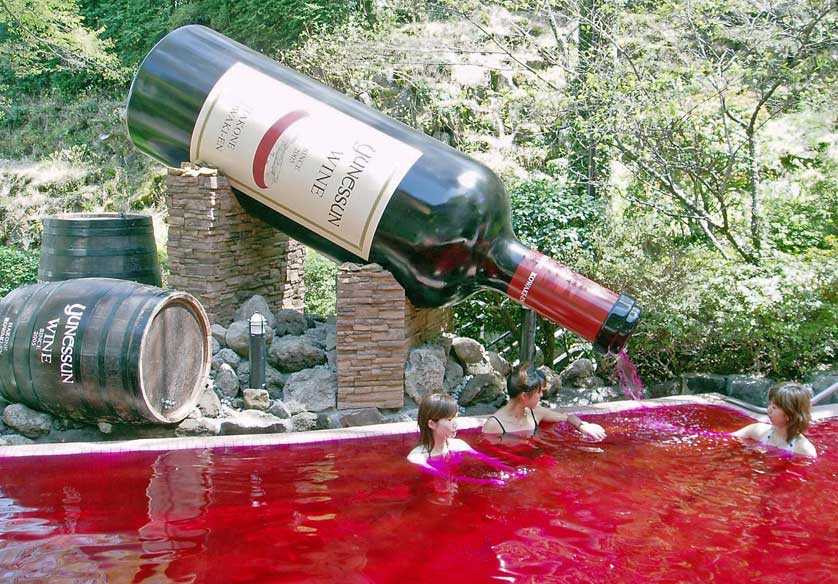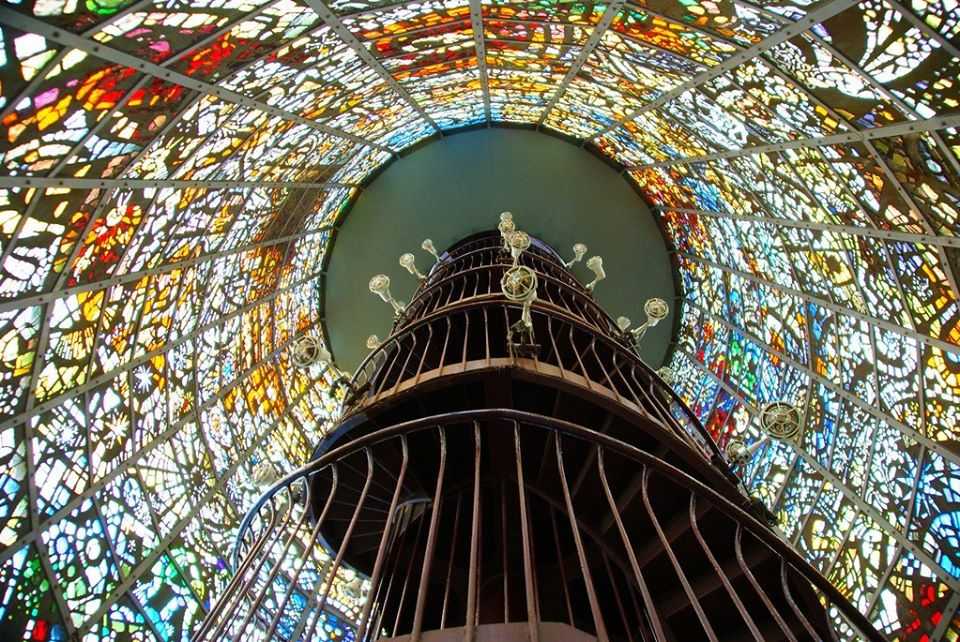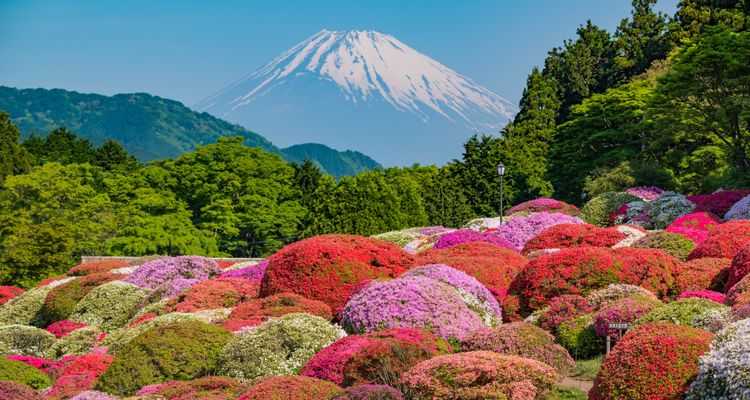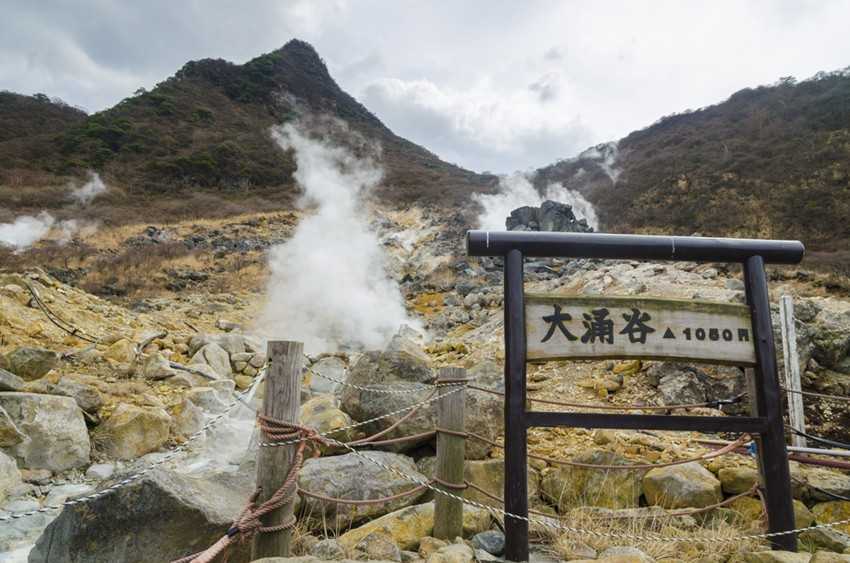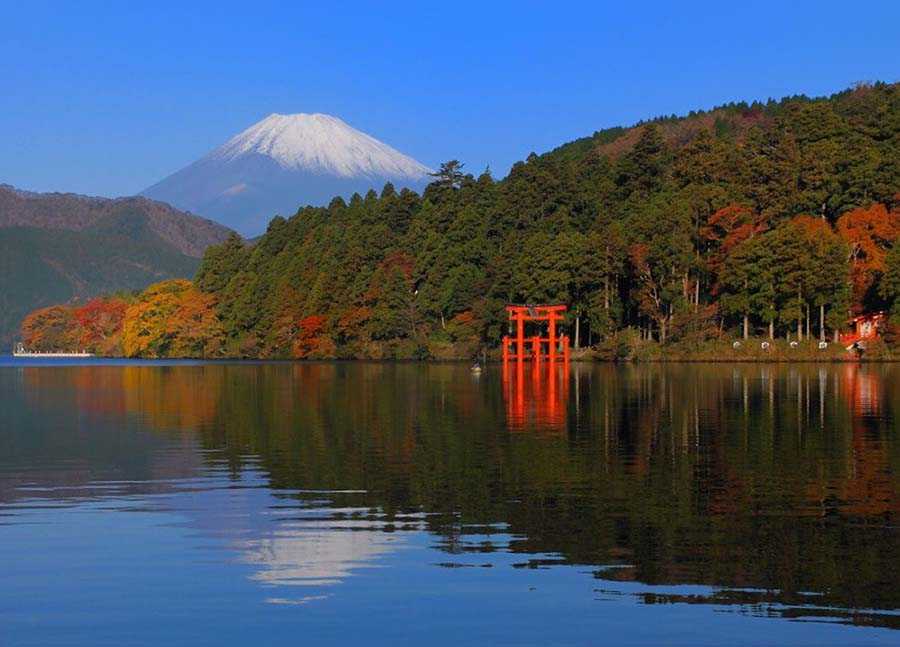What to Do in Hakone: Day Trip Idea From Tokyo
Hakone is perfect for a day trip from Tokyo. Check this guide for all the top Hakone attractions, from onsen to hiking and tasting Hakone’s famous black eggs.
Situated in the beautiful Fuji-Hakone-Izu National Park, Hakone is a mountainous town that’s most famous for its onsen (hot springs). At just 100 kilometres (60 miles) west of Tokyo, it’s a popular destination for a day trip or weekend away, both for Japanese and international tourists alike — and for good reason! There’s so much to do in Hakone aside from the relaxing onsen, from hiking trails to museums, visiting shinto shrines, admiring the views of Mt. Fuji and tasting the famous black onsen eggs!
Plus, there’s an efficient network of public transportation including buses, trains, cable cars and boats that make Hakone even more traveller-friendly. So, without further adieu, here’s a list of the best attractions to visit in Hakone for a weekend trip.
The wine bath at Hakone’s Yunessun is just one of this onsen resort’s novel tubs.
Source: Japanallover.com
Relax at an onsen
You can’t go to Hakone and not visit an onsen. There are many to choose from, but two particularly notable ones are Yunessun and Tenzen. Yunessun is almost like a water park, with an outdoor area, cave bath and even novel baths filled with coffee, tea and even wine. Each unusual concoction is supposed to have its own particular healing, relaxing or rejuvenating benefits. Plus, clothes and bathing suits are not typically allowed in Japanese onsen, but because Yunessun is more like a water park, bathing suits are worn. This makes it a particularly good option if you’re new to the concept of Japanese onsen and not keen on the idea of stripping off in public.
Tenzan is a more traditional, serene onsen, but it’s rare in that it allows people who have tattoos to use the baths. If you’d prefer a private bath rather than sharing the onsen with others, there are even some places in Hakone where you can rent out a small, private tub for an hour or so.
The Hakone Open-Air Museum is the first of its kind in Japan.
Source: My Japan Video
Visit the diverse museums
Hakone is home to a surprisingly large number of museums, especially ones dedicated to art and photography. The Hakone Open-Air Museum is the first of its kind in Japan, and is an outdoor sculpture park with over 1,000 works of art by prominent figures such as Picasso, Henry Moore, Yasuo Mizui, Taro Okamoto, Churyo Sato, and more. If art isn’t your thing, check out the Hakone GeoMuseum, which teaches visitors more about the Hakone Volcano, the history of the town and how onsen water is artificially made.
One of the more unexpected museums located in this mountainous town is The Little Prince Museum. Just like the book itself, the museum is a delight for adults and children alike. Here, you can explore the life of French author Antoine de Saint-Exupéry as well as the beloved character himself, the Little Prince, and also wander through the French townscape and European garden. Head to the cafe afterwards to enjoy some Instagram-worthy treats themed around the book.
The view of Mt. Fuji is particularly stunning from places like Odakyu Hotel de Yama in Hakone.
Source: tsunagujapan.com
Appreciate the stunning views of Mt. Fuji
For those who want to appreciate Mt. Fuji without all the exhaustion of actually climbing it, Hakone boasts amazing views of this iconic landmark. Many of the main tourist attractions and even some onsen and hotels offer particularly impressive views of Fuji-san (as it’s known in Japanese). Particularly good places are Odakyu Hotel de Yama, the pirate ship near Moto-Hakone Port, the Hakone Ashinoko Narukawa Art Museum and at the boiling springs in Owakudani.
Hakone’s famous kuro tamago or “black eggs” are cooked in Owakudani’s sulfur-rich hot springs.
Source: fun-japan.jp
Visit the boiling springs in Owakudani
Charmingly A.K.A as the “valley of hell,” the crater in Owakudani was caused when Mount Hakone last erupted around 3,000 years ago. The area is still an active volcanic zone even today, with hot springs, bubbling pools and sulfurous fumes which give the landscape an almost-otherworldly atmosphere. Here is where you can try the famous black eggs. They’re cooked in the sulfur-rich onsen water, which causes the shells to naturally turn black, and it’s said that by eating them you can prolong your life by seven years.
For the more adventurous (and for those who came with appropriate clothing and footwear to walk in), there’s a hiking trail leading from the ropeway station here and up Mount Kamiyama, then descending down to Lake Ashi.
Lake Ashi is particularly stunning in autumn time.
Source: jw-webmagazine.com
Visit Lake Ashi and the torii gates
Nestled between the foot of Mount Hakone and Lake Ashi’s shoreline lies a peaceful shinto shrine surrounded by forest trees. Standing in the lake water is one of the shrine’s large torii gates. You can even rent a small boat at the pier to view it from the water. It’s a beautiful spot to visit all year round, but especially in the autumn or when there’s mist drifting across the surface of the lake.
For more travel inspiration, check our post: Day Trips from Tokyo
Written by: Jessie Carbutt
Originally from the UK, Jess lives, works and writes in Japan. A lover of exploring and anything creative, she's always discovering new things in her Tokyo home.
Ready to explore Japan?
Download Travelr app, browse all upcoming events and network with other travelers.


